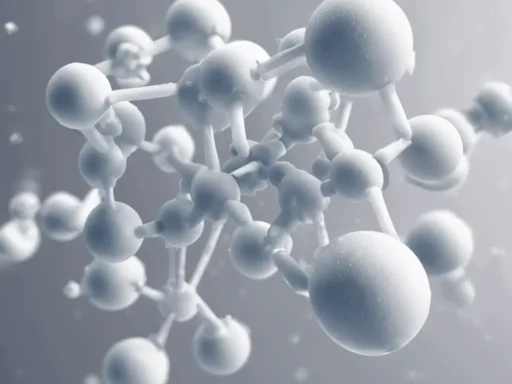In the world of mining, sodium cyanide has long been a go-to chemical for extracting precious metals like gold and silver from ore. However, the convenience and efficiency of this toxic compound come at a steep ecological price. As concerns about the environment and sustainability continue to grow, it is crucial that we examine the impact of sodium cyanide use and explore safer, more eco-friendly alternatives.
The Environmental Fallout of Sodium Cyanide
When sodium cyanide is used in mining, it can lead to a host of environmental problems. One of the most significant issues is the potential for cyanide leaks and spills, which can contaminate nearby water sources, harm wildlife, and pose serious health risks to local communities. Even when used as intended, the process of cyanide leaching can generate large amounts of toxic wastewater that must be carefully managed and treated to avoid environmental damage.
In addition to the direct impacts of cyanide use, the mining industry’s reliance on this chemical also contributes to broader sustainability challenges. The production of sodium cyanide itself is an energy-intensive process that generates greenhouse gas emissions and other pollutants. Furthermore, the use of cyanide in mining can perpetuate the industry’s negative environmental footprint, including habitat destruction, deforestation, and soil degradation.
The Quest for Sustainable Alternatives
Recognizing the environmental risks associated with sodium cyanide, researchers and industry leaders are increasingly focused on developing safer, more sustainable alternatives. One promising approach involves the use of non-toxic, biodegradable reagents that can effectively extract precious metals without the same ecological hazards.
For example, some companies are experimenting with the use of amino acids, such as glycine, as a replacement for cyanide in the leaching process. These naturally occurring compounds are much less toxic and can break down more readily in the environment, reducing the risk of long-term contamination. Other researchers are exploring the potential of bacteria and other microorganisms to extract metals through a process known as bioleaching, which could offer a more eco-friendly alternative to traditional chemical methods.
In addition to these novel extraction techniques, there is also growing interest in recycling and urban mining as a way to reduce the environmental impact of metal production. By recovering precious metals from discarded electronics and other waste streams, we can decrease the need for new mining operations and the associated use of toxic chemicals like sodium cyanide.
The Path Forward
As the world grapples with the urgent need to address climate change and protect fragile ecosystems, it is clear that we must find ways to make mining more sustainable and less environmentally destructive. Moving away from the use of sodium cyanide and toward safer, more eco-friendly alternatives is an essential step in this process.
However, transitioning to new extraction methods and embracing urban mining will require significant investment, research, and collaboration among industry, government, and environmental stakeholders. It will also be necessary to raise awareness about the environmental risks of sodium cyanide and build public support for more sustainable approaches to metal production.
By working together to advance these efforts, we can help to mitigate the environmental impact of mining and create a more sustainable future for our planet. The quest for alternatives to sodium cyanide is not just about protecting ecosystems and communities today, but also about ensuring that we can meet our resource needs without compromising the well-being of future generations.






